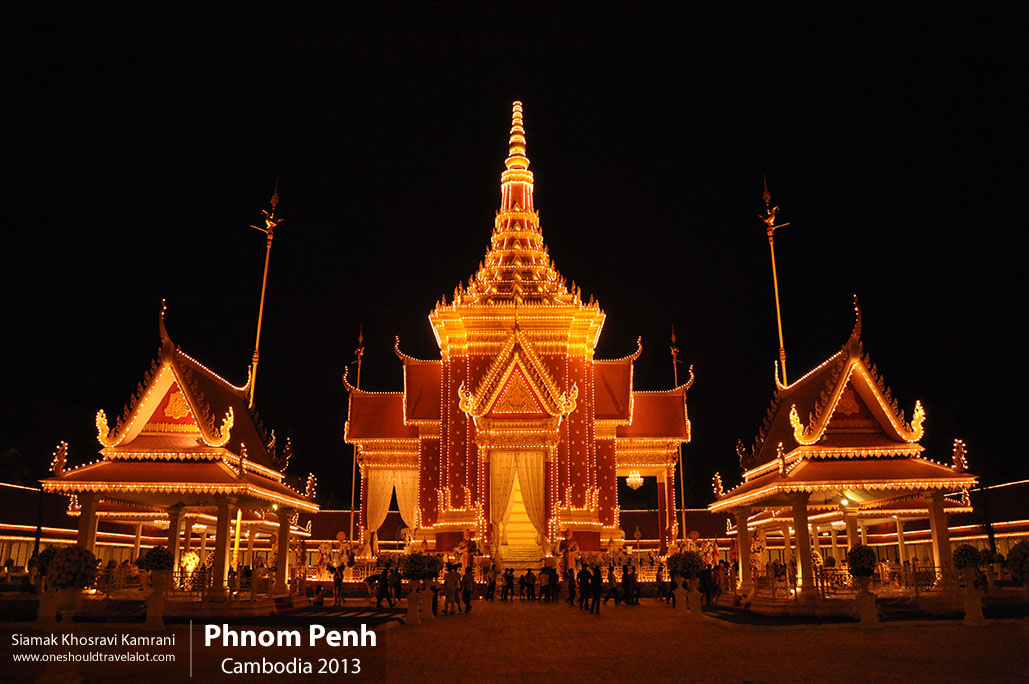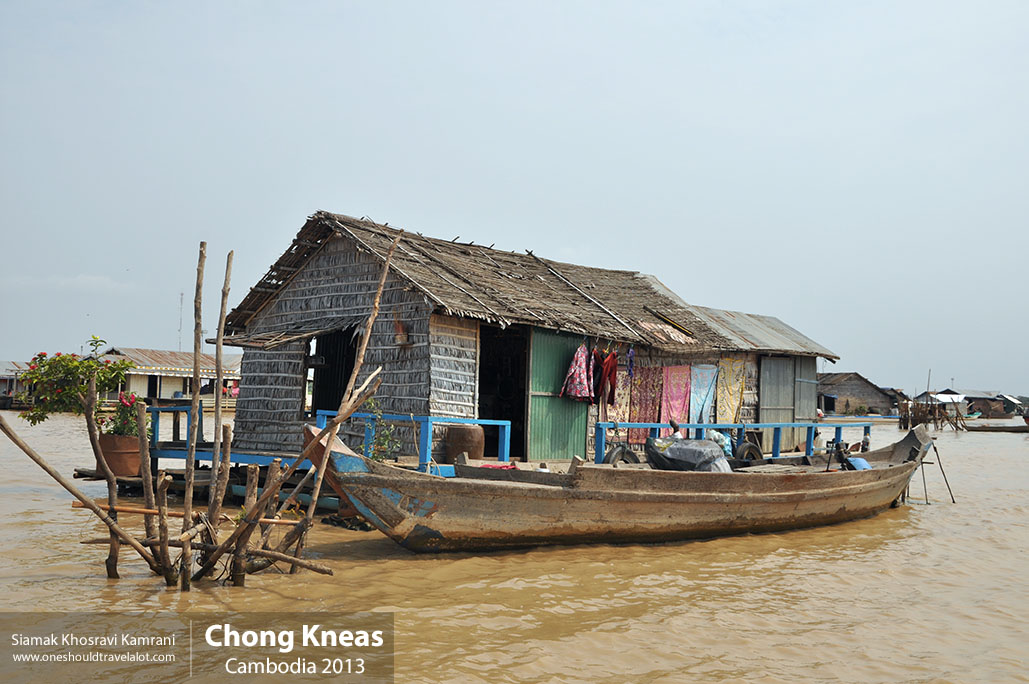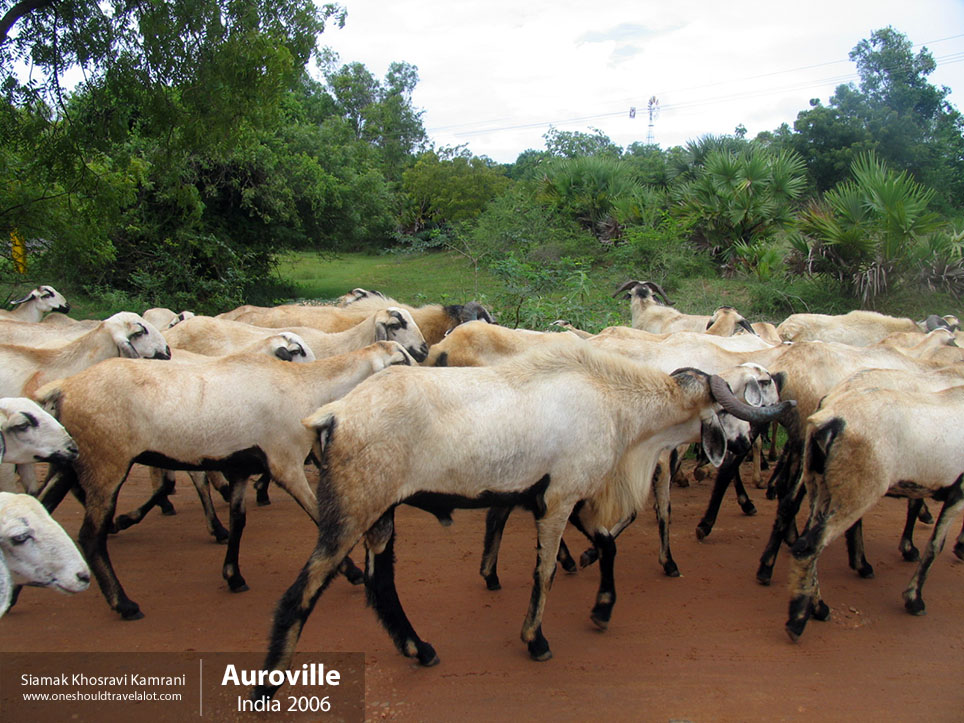Exploring the Enchanting Village of Vashisht, India
Arrival in Vashisht
Nestled in the majestic Himalayas, Vashisht is a quaint village near Manali, Himachal Pradesh, India. My journey as a photographer often takes me to places where the charm of nature and the warmth of the people blend into an unforgettable experience. Vashisht, with its rich cultural heritage and serene landscapes, promised to be one such place.
As I arrived in Vashisht, the crisp mountain air greeted me, carrying with it the subtle scent of pine trees and the distant sound of the Beas River. The village, perched at an altitude of 2,050 meters, offered a breathtaking view of snow-capped peaks and lush green valleys. My first impression was of a place frozen in time, where the modern world had only gently touched its rustic charm.
The Heart of Vashisht: Its Culture and Traditions
One of the most fascinating aspects of Vashisht is its deep-rooted culture and traditions. The village is named after the sage Vashisht, a revered figure in Hindu mythology. It is home to the Vashisht Temple, a beautiful stone structure adorned with intricate carvings. The temple, dedicated to the sage, also houses natural hot springs believed to possess healing properties.
Every morning, the temple becomes a hub of activity as villagers and tourists alike gather to take a dip in the hot springs. The sight of steam rising from the water, set against the backdrop of the Himalayas, was mesmerizing. I captured this scene, hoping to convey the serenity and spiritual essence of this place through my lens.
The local language spoken here is Hindi, with a distinct Himachali dialect. The villagers, clad in traditional attire, exuded warmth and hospitality. Their way of life seemed simple yet deeply connected to their land and traditions. As I wandered through the narrow, cobblestone streets, I noticed the houses, made of wood and stone, with sloping roofs designed to withstand the heavy snowfall in winter.
The Vibrant Village Life
Vashisht’s economy is primarily agrarian, with apple orchards and terraced fields dotting the landscape. The villagers engage in farming and animal husbandry, and the local markets buzz with activity. I spent an afternoon exploring these markets, capturing the vibrant colors and the animated conversations of traders and buyers. The smell of fresh produce and the sight of beautifully arranged fruits and vegetables were a feast for the senses.
One of the most striking features of Vashisht is the traditional Himachali cap, known as the ‘Kullu topi’. These caps, often worn by men, are a symbol of the region’s cultural identity. I photographed an elderly man wearing a Kullu topi, his face weathered by time yet radiating a sense of pride and contentment. His eyes, full of stories, seemed to reflect the spirit of Vashisht.
A Glimpse into the Local Cuisine
No journey is complete without indulging in the local cuisine, and Vashisht did not disappoint. The food here is a delightful blend of flavors, with a focus on fresh, locally sourced ingredients. I was particularly fascinated by ‘Dham’, a traditional Himachali meal served during festivals and special occasions. Dham consists of rice, dal, rajma (kidney beans), and various vegetable dishes, all cooked with a unique blend of spices.
I was invited to a local home to share a meal, an experience that added a personal touch to my journey. The warmth of the hospitality, coupled with the delicious food, made for a memorable evening. The kitchen, with its wood-fired stove and earthen pots, reminded me of a simpler time, where meals were prepared with love and care.
Capturing the Landscapes
As a photographer, the landscapes of Vashisht offered endless opportunities to capture nature’s beauty. The early mornings, with the first rays of sunlight kissing the snow-covered peaks, were particularly enchanting. The play of light and shadow created a magical ambiance, perfect for photography. I spent hours trekking through the surrounding hills, my camera ready to capture the ever-changing hues of the sky and the majestic mountains.
The Beas River, flowing gently through the valley, added to the charm of the landscape. I photographed the river at different times of the day, trying to capture its various moods. In the early morning light, it appeared calm and serene, while in the evening, as the sun set, the river seemed to come alive with a golden glow.
The Spirit of Adventure
Vashisht is also a haven for adventure enthusiasts. The surrounding mountains offer numerous trekking trails, each promising stunning views and a sense of accomplishment. I embarked on a trek to Jogini Waterfall, a popular destination near Vashisht. The trek, through dense forests and rocky paths, was challenging yet rewarding. The sight of the waterfall, cascading down from a height of 150 feet, was a sight to behold. The sound of the water hitting the rocks, combined with the pristine beauty of the surroundings, made it a perfect spot for photography.
Reflections on Vashisht
My time in Vashisht was a journey back to nature and simplicity. The village, with its rich cultural heritage and stunning landscapes, offered a refreshing escape from the hustle and bustle of city life. The people, with their warm smiles and open hearts, made me feel at home. As I packed my bags and prepared to leave, I knew that the memories of Vashisht, captured through my lens and etched in my heart, would stay with me forever.
A Photographer’s Dream
For photographers, Vashisht is a dream destination. The blend of cultural richness and natural beauty provides a canvas that is both diverse and captivating. Every corner of the village, every face, every landscape tells a story waiting to be captured. Whether it’s the early morning light on the mountains, the vibrant colors of the local markets, or the serene beauty of the Beas River, Vashisht offers endless opportunities for photography.
Tips for Travelers
If you’re planning a visit to Vashisht, here are a few tips to make your journey more enjoyable:
- Best Time to Visit: The best time to visit Vashisht is from March to June and September to November. The weather during these months is pleasant, making it ideal for sightseeing and trekking.
- What to Pack: Pack warm clothing, as the temperature can drop significantly, especially in the evenings. Comfortable trekking shoes are a must if you plan to explore the surrounding trails.
- Local Etiquette: Respect the local customs and traditions. When visiting temples, dress modestly and remove your shoes before entering.
- Stay Options: Vashisht offers a range of accommodation options, from budget guesthouses to mid-range hotels. Staying in a local homestay can provide a more immersive cultural experience.
- Transportation: The nearest airport is in Bhuntar, about 50 kilometers from Vashisht. From there, you can hire a taxi or take a bus to reach the village.



